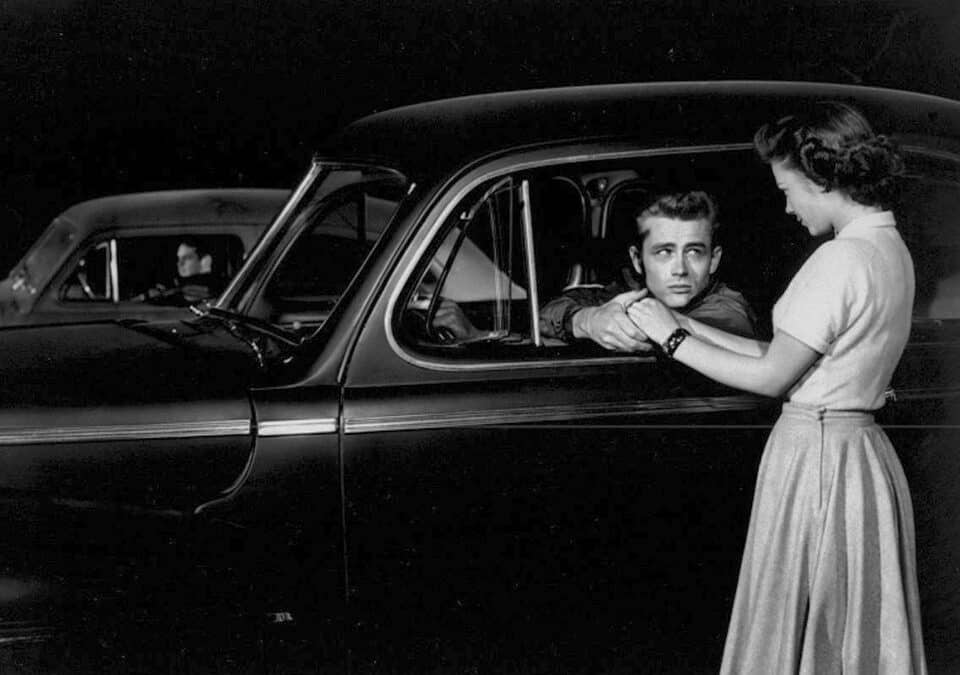
Understanding and managing emotions: a tool in the service of HR
5 September 2018
Atlas of Emotions
19 September 2018The Negotiating Dimension

Negotiation is a very complex art. The word art is not chosen at random to define a human activity on which hundreds of books have been written, seeking inspiration and answers across disciplines that are also very different: psychology, anthropology, sociology, economics, political science and philosophy. Without forgetting that, a unique case in the field of human relations, studies on negotiation have benefited from a formal transposition into mathematical language of “Game Theory” (Von Neumann and Morgenstern 1944).
In this article I will limit myself to trying to define, as simply and clearly as possible, the essence of the ‘negotiation dimension’. This is crucial, because the experience of many years of training in this field has taught me that even the best techniques, strategies and skills can fail in the absence of a full awareness of the ‘meaning’ of the negotiation dimension.
There is a famous scene in “Rebel Without a Cause”, the 1955 film that consecrated the James Dean myth, in which two young men compete in the dangerous ‘game of chicken’. A test that consists of a race between two cars launched at high speed, to see who will have the courage to throw themselves out of the cockpit last, before the car plunges over the cliff. In the film in question, the challenge ends tragically, as one of the two contenders gets caught in the door handle and plunges into the sea. But the outcome of the game, without this accident, should have been different and thus unequivocally established who wins (the one who jumps next) and who loses: ‘the chicken’ (the one who jumps first).
The metaphorical meaning of the game is all too clear: raising the level of the challenge restricts the possibilities of confrontation, to the point of directing them into a blind alley in which, in the end, one can only establish who won and who lost. Paradoxically, in the dangerous game of defiance depicted in the film, there is one possibility in which both contenders could turn out to be ‘winners’: the situation in which neither gives in and both die. In the symbolic universe of the youth gangs protagonists of the film, this would be tantamount to becoming ‘heroes’. An obviously crazy solution, but one that on a metaphorical level reveals its true nature: that of the ‘ethics of conviction’ that Max Weber contrasted with the ‘ethics of responsibility’. An ethics therefore never willing to compromise and compromise in order to keep its principles intact and unaltered (even in the face of catastrophic results).
The challenge enacted in the film Burnt Youth reveals, albeit through daring forms, an attempt to resolve a conflict. The presence of a disagreement is the first prerequisite to be able to define a situation as a negotiation. The second prerequisite is the relationship of interdependence: the link between the parties is such that the goal of each can only be achieved through the other. None of the parties involved in the interaction has all the power, the action of each party in play influences and depends on the action of the other. This second condition is never as clear, and often causes reticence, resistance and lack of awareness.
In the negotiation dimension, we are therefore called upon to ‘influence’ and ‘depend’ at the same time. Becoming fully aware of what it means to act within the ‘constraint of interdependence’ is the most complex and difficult element of the negotiation dimension. But precisely because of this peculiarity, negotiation can be regarded as one of the highest achievements of our civilisation: the only instrument of social confrontation capable of resolving conflicts by generating value. For millennia, human beings have resolved their conflicts (and continue to do so) through struggle, physical confrontation, war, accepting to submit (depend) only if defeated. It is therefore extremely difficult for our mind to make these two forms of relationship coexist within the same situation: affirm/concede; convince/accept; influence/depend.
Awareness of this limitation of human nature was well understood by a brilliant pedagogue, Loris Malaguzzi, the creator in the 1960s of a model of infant-toddler schools that became well known even abroad under the name of the ‘Reggio Emilia Approach’. To deal with this difficulty he devised a very effective game: he spread a large sheet of paper on the floor containing the outline of an animal and asked the children to trace the edge of that outline with a coloured pencil at their disposal. Each child’s pencil was, however, tied to the pencils of all the others by a dense web of thin strings. Each individual child realised at this point that at certain stages he could move forward and at other times it was necessary to stop in order to let someone else move forward, until, with the tension of the string diminished, he could push his own pencil forward again. No cognitive processing was therefore necessary, the children experienced directly on their bodies, physically, this strange oxymoron: in order to move forward you have to stop.
Returning to the language of game theory, we therefore know that we can contrast the ‘I win you lose’ model (zero-sum games) with the possibility of evolving the negotiating relationship to the possibility of being able to ‘win together’ (non-zero-sum games), but we leave it to the words of Paul Watzlawick to show us this simple truth, so difficult to accept:
“Why is it so difficult to realise that life is a non-zero-sum game? That you can win together as soon as you stop being obsessed with the idea of having to beat your partner in order not to be beaten? And that (which is completely inconceivable to the cunning zero-sum player) one can even live in harmony with the decisive opponent, life? .
Bibliography:
- Rumiati, D. Pietroni – La negoziazione – Raffaello Cortina, Milan 2001
- Weber – The polytheism of values – Morcelliana, Brescia 2010
- Watzlawick – Instructions for making oneself unhappy – Feltrinelli, Milan 1997


